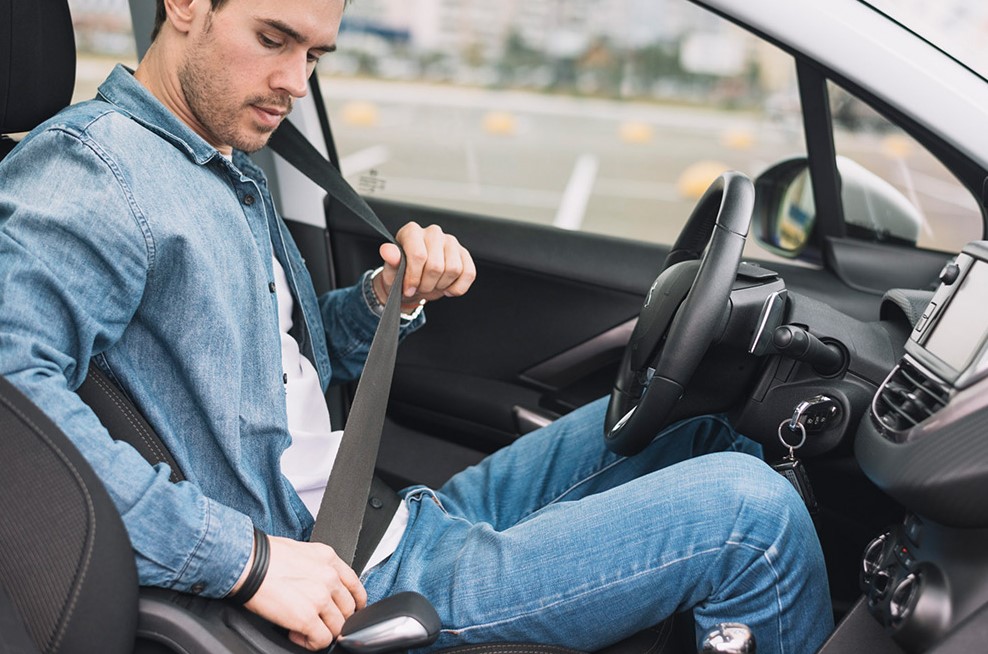
Car safety features help safeguard passengers in the event of an accident, including seat belts that can reduce injury risk by up to 65%.
Other safety features include a backup camera that helps drivers avoid backing into or out of parking spots, rear cross-traffic alert (RTCW) and pedestrian detection to help prevent back-up collisions between people or vehicles, and prevent back-up collisions altogether.
Lane Departure Warning
Lane departure warning systems monitor road markings and notify you if your car unintentionally crosses over or touches them. They typically use a camera mounted in the windshield that’s often attached to a rear view mirror mounting block and parses digitized images for straight and dashed lines that demarcate lanes; when your car departs its lane without using its turn signal first, flashed indicators appear with audible alarm sounds or vibrations in steering wheel or seat to alert drivers and passengers accordingly.
Some lane departure systems come equipped with an advanced feature called lane keeping assist, which uses the same camera to monitor your car’s position in its lane and gently steer it back into position. Although lane departure warning has the potential to reduce head-on crashes significantly, real world tests have not shown it as effective as researchers had hoped – look out for bundles including blind spot detection and adaptive cruise control technology for maximum effectiveness.
Rear Cross-Traffic Alert
Rear cross-traffic alert is typically offered in conjunction with blind spot monitoring, utilizing sensors (usually radar or ultrasonic waves) to monitor vehicles approaching from either side of your vehicle while reverse. If any vehicle poses an imminent risk of collision, visual or audible signals will alert you so you have enough time to respond before an embarrassing or expensive collision occurs – potentially saving yourself an insurance claim in the process!
If your rear cross traffic system is malfunctioning, you may encounter warning lights on the dashboard or hear beeps with buzzing sounds accompanied by beeping noises. This could be caused by various reasons including:
Lane Keep Assist
This variant of lane departure warning uses painted lane markings to detect when your vehicle drifts out of its lane at highway speeds, emitting either an audible alert or vibrations through your steering wheel and seat cushion and adjusting steering for you to gently bring it back within its lane.
Most lane keep assist systems can be temporarily disabled by engaging your turn signal, which is essential as drivers need to maintain complete control of their vehicles at all times. According to IIHS research, having to constantly turn off these systems could reduce vigilance or even cause distraction.
Some safety features may become irritating if they produce loud or excessively sensitive noises or provide incorrect feedback to nudge your car back into position. Also be wary of lane-centering systems which will continue nudging around gentle curves on highways.
If the lane keep assist is defective and causes an injury, you might have a personal injury claim available. Read the following article to see if this is the case: How do I know if I have a personal injury claim?
Automatic Emergency Braking
Nearly all new cars feature Automatic Emergency Braking or FCW (Front Collision Warning). This safety tool helps to avoid rear-end crashes that often cause serious injuries.
AEB systems use lidar, radar or camera systems to detect what’s in front of you and warn of it with visual and audible alerts. If you don’t act quickly enough, the system will apply the brakes – this reduces impact speed while potentially avoiding collision altogether.
Some AEB systems feature reverse functionality to help avoid backing into objects like parked cars or garage walls, however this feature should never be relied upon exclusively; your driving skills and situational awareness remain your best defense against accidents.
Some systems detect pedestrians. Please consult your car’s manual for details, as the feature may not work under certain conditions or with certain pedestrians. Some systems only work at lower speeds while others can handle highway speeds.